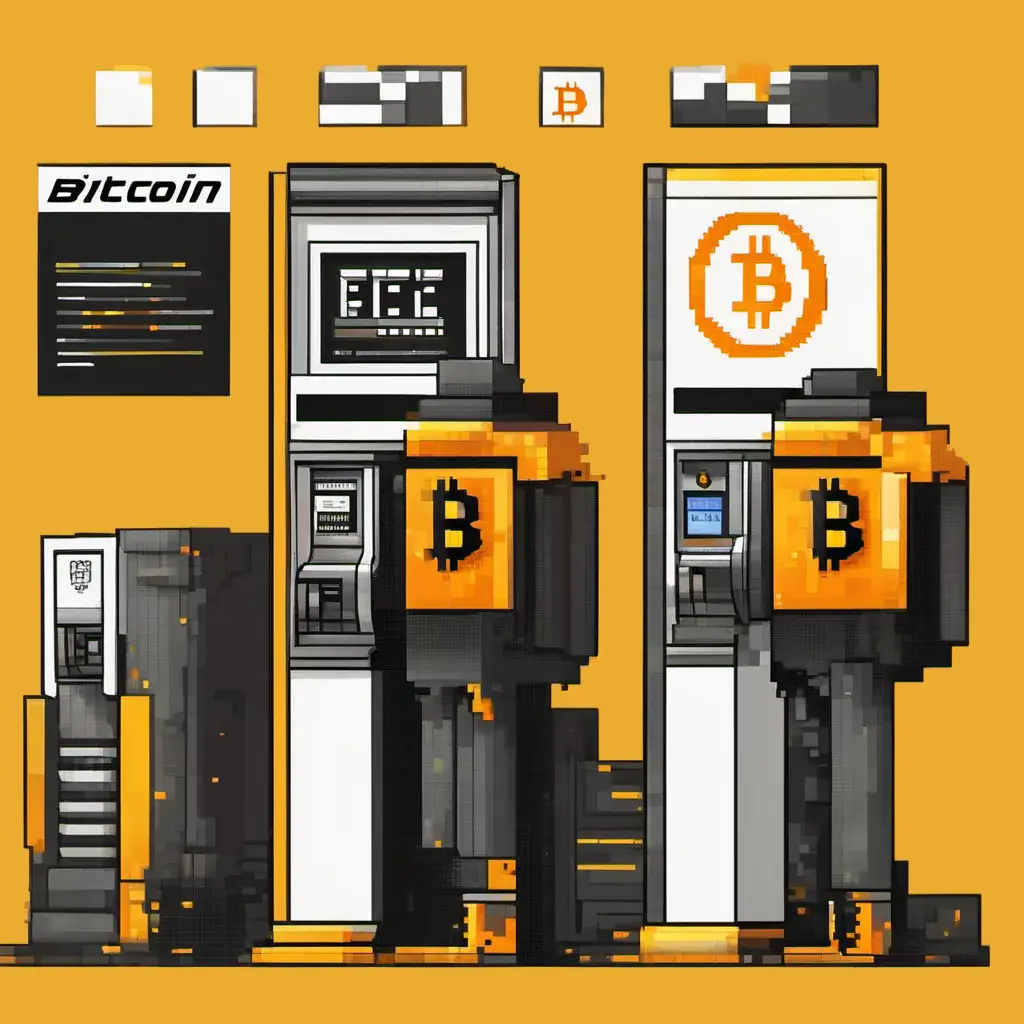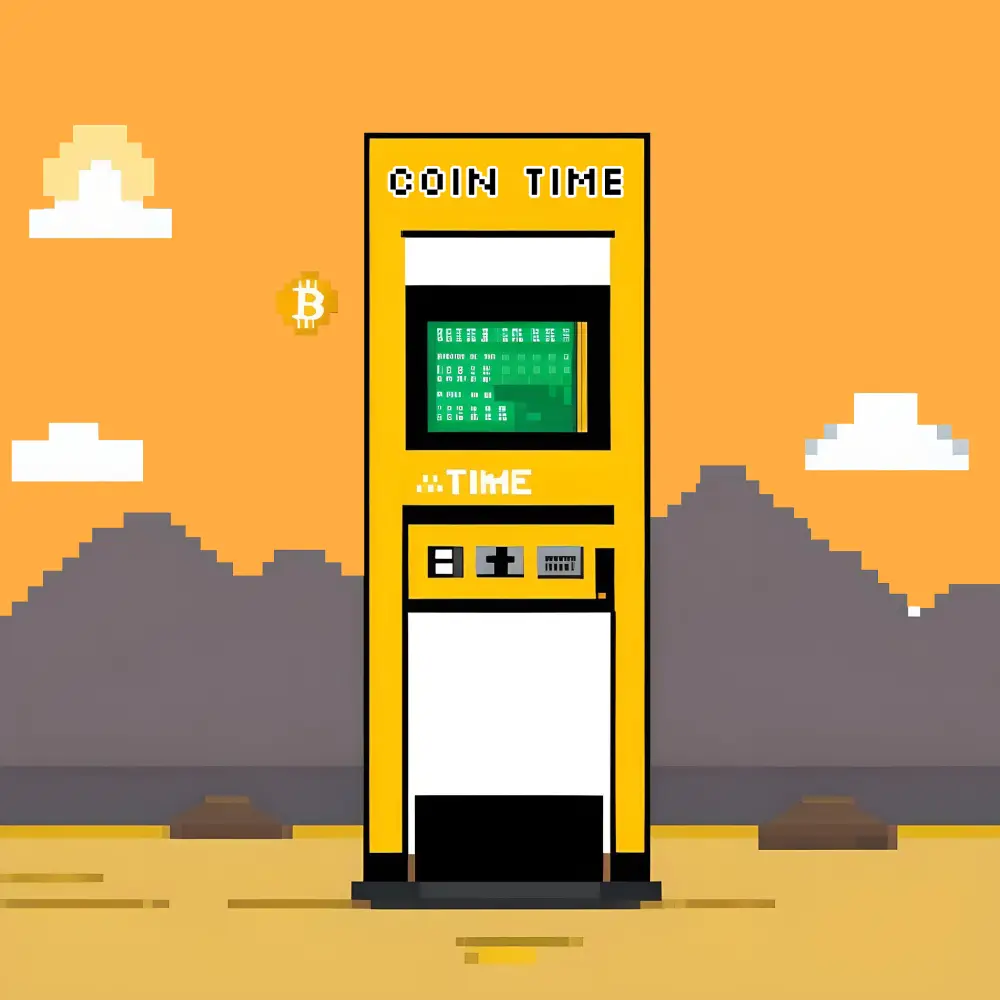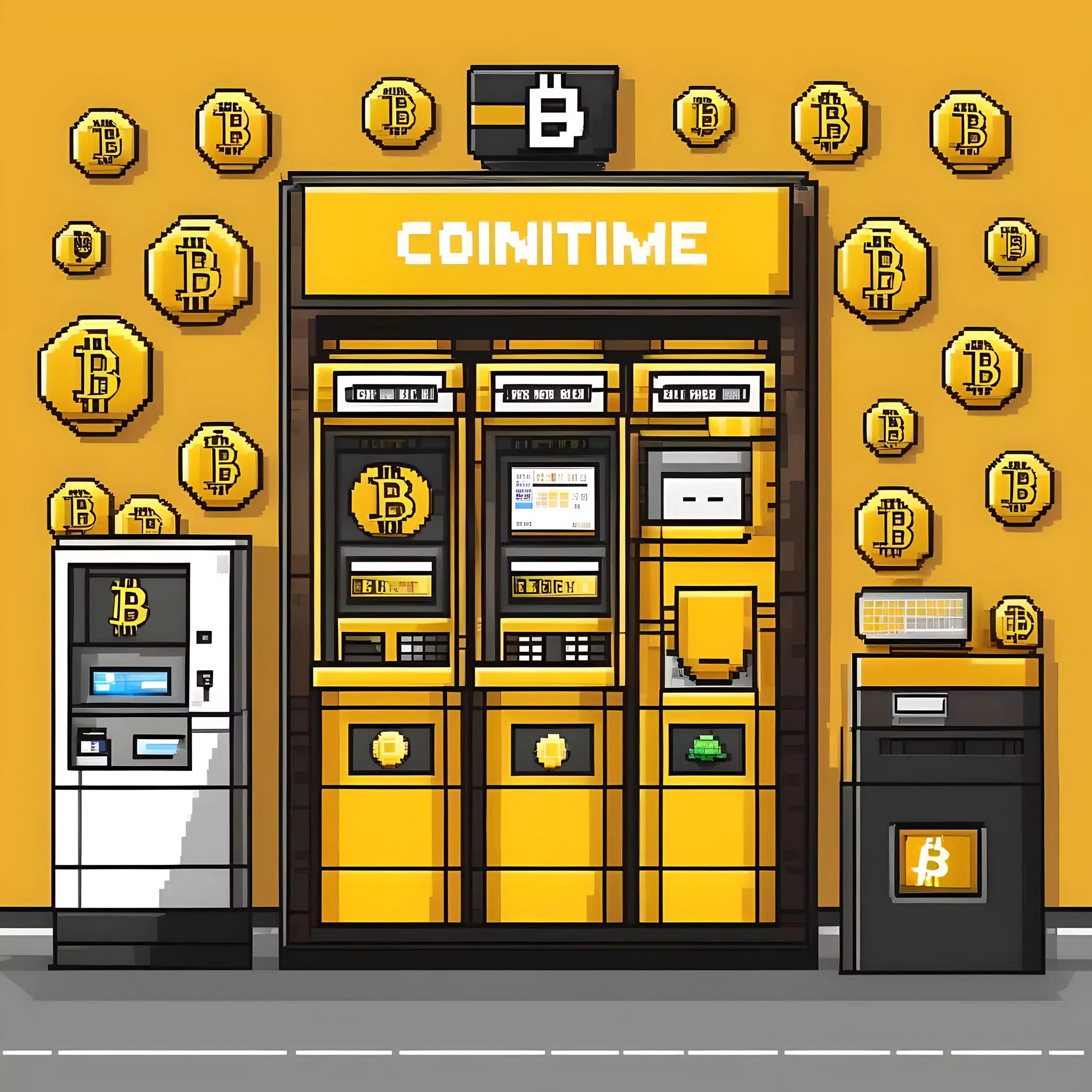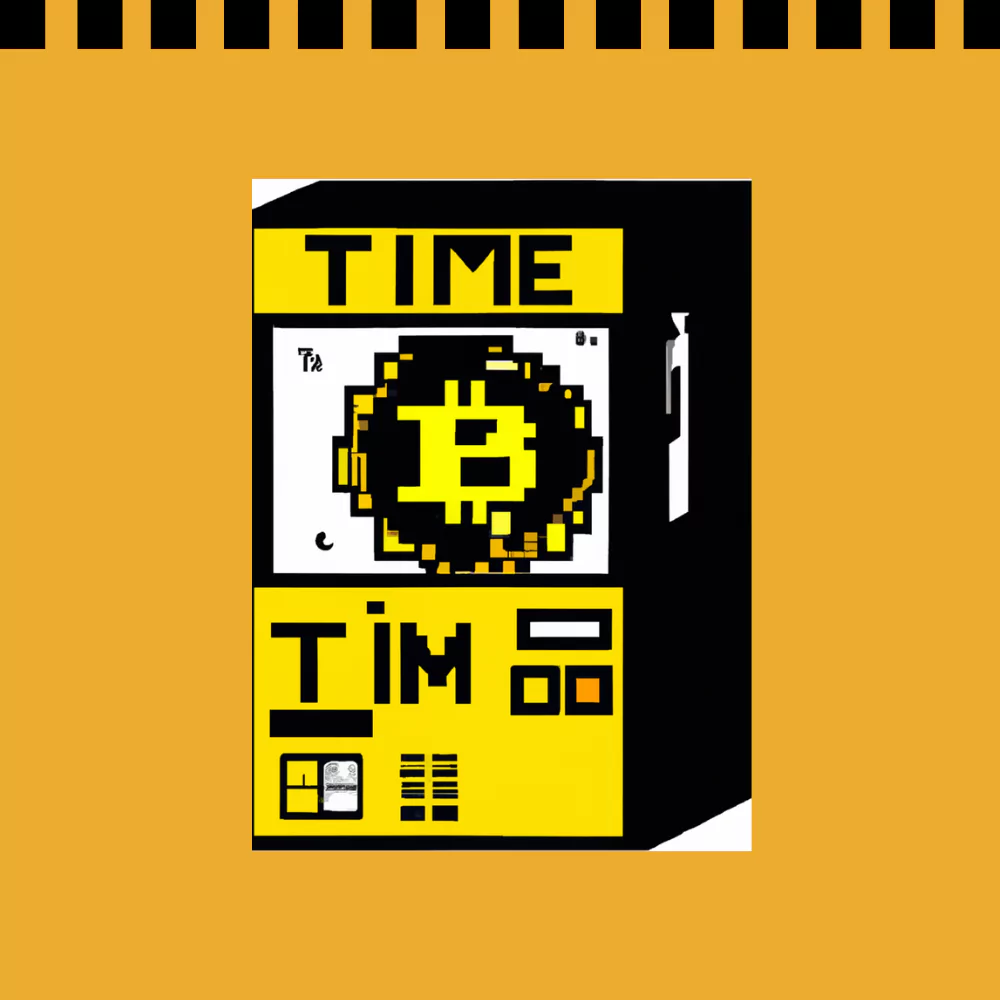If you’re part of the underbanked community and interested in selling your Bitcoin for cash, you’ve come to the right place. This comprehensive guide will provide you with a deep dive into various methods for converting your Bitcoin into cash, exploring the pros and cons of each, and offering step–by-step instructions to simplify the process. Let’s dive in!
Table of Contents
ToggleMethod 1: Sell Bitcoin on a Cryptocurrency Exchange (Extended)
Cryptocurrency exchanges are digital platforms for buying, selling, and trading cryptocurrencies, such as Bitcoin. Some well-known and reputable exchanges that allow you to sell Bitcoin for cash include Coinbase, Binance, and Kraken.
Pros:
- Speed: Transactions on exchanges are typically fast and convenient.
- Security: Reputable exchanges implement strong security measures to protect your assets.
- Customer support: Many exchanges provide customer support to assist users with any issues that may arise.
- Variety: Exchanges often support a wide range of cryptocurrencies and payment methods.
Cons:
- Fees: Exchanges often charge fees for transactions and withdrawals, which can vary across platforms.
- Identity verification: Many exchanges require ID verification, potentially posing challenges for the underbanked.
- Centralization: Exchanges are centralized, meaning they are susceptible to hacking or other security breaches.
Step-by-step Guide:
- Research and choose a reputable cryptocurrency exchange that supports selling Bitcoin for cash. Consider factors such as fees, supported payment methods, and security features.
- Create an account on the chosen exchange, providing the necessary information.
- Verify your identity (if required) by submitting the requested documentation. This process may take some time, depending on the exchange’s policies.
- Set up two-factor authentication (2FA) to enhance your account’s security.
- Transfer Bitcoin to your exchange wallet, following the platform’s guidelines for depositing cryptocurrency.
- Choose a suitable payment method for cash withdrawal (e.g., bank transfer, PayPal, etc.).
- Place a sell order, specifying the amount of Bitcoin you want to sell and the desired price.
- Once your order is filled, withdraw the cash, adhering to the exchange’s withdrawal procedures.
*Note: It’s essential to compare fees and withdrawal options across different exchanges to find the most suitable platform for your needs. Additionally, consider using limit orders to control the price at which you sell your Bitcoin.
Method 2: Sell Bitcoin on a Peer-to-Peer Marketplace (Extended)
Peer-to-peer (P2P) marketplaces connect Bitcoin buyers and sellers directly, offering a more personalized experience than traditional exchanges. Popular P2P marketplaces include Paxful, LocalBitcoins, and Bisq.
Pros:
- Privacy: P2P marketplaces usually offer a higher level of privacy compared to exchanges.
- Flexibility: Users can negotiate terms and choose from various payment options, catering to individual preferences.
- Community-driven: P2P marketplaces are often more community-oriented, with users helping one another and sharing their experiences.
Cons:
- Risk of scams: As you’re dealing with individuals, there’s a higher risk of encountering scams.
- Time-consuming: Finding a suitable buyer and negotiating terms can be a lengthy process.
- Limited support: Some P2P marketplaces may not offer the same level of customer support as traditional exchanges.
Step-by-step guide:
- Research and choose a reputable P2P marketplace, considering factors such as user reviews, available payment methods, and escrow services.
- Create an account on the chosen platform, providing the necessary information.
- Set up a listing or search for existing listings to find a buyer interested in purchasing Bitcoin for cash. Consider factors such as the buyer’s reputation, completed transactions, and offered price.
- 4. Initiate a conversation with the prospective buyer to negotiate terms, including the price and payment method, and agree on a deal.
- Ensure that the chosen platform provides an escrow service to secure the transaction, reducing the risk of scams.
- Send your Bitcoin to the platform’s escrow service, following their guidelines for depositing cryptocurrency.
- Receive cash from the buyer, either in person or through the agreed-upon payment method.
- Once the cash payment is received and confirmed, release the Bitcoin from escrow to the buyer’s wallet.
*Note: When using P2P marketplaces, check buyer ratings, reviews, and completed transactions to gauge their reliability. Additionally, consider using a multi-signature wallet for added security during transactions.
Method 3: Sell Bitcoin Using a Bitcoin ATM (Extended)
Bitcoin ATMs are physical machines that facilitate buying or selling Bitcoin with cash. CoinFlip, CoinCloud, and Bitcoin Depot are among the popular Bitcoin ATM providers.
Pros:
- Anonymity: Many Bitcoin ATMs do not require ID verification, offering users greater privacy.
- Convenience: The process is typically quick and straightforward.
- Accessibility: Bitcoin ATMs can be found in various locations, making them more accessible to the underbanked.
Cons:
- High fees: Bitcoin ATMs generally charge higher fees than other methods.
- Limited availability: Not all areas have a Bitcoin ATM readily accessible.
- Limited functionality: Some Bitcoin ATMs only allow purchasing Bitcoin, not selling it.
Step-by-step guide:
- Locate a nearby Bitcoin ATM using online directories or mobile apps, ensuring that the machine supports selling Bitcoin.
- Prepare your mobile or hardware wallet, as you’ll need to provide your wallet’s QR code during the transaction.
- Visit the Bitcoin ATM and choose the ‘Sell Bitcoin’ option on the ATM screen.
- Input the amount of Bitcoin you want to sell, and the ATM will display a QR code representing a deposit address.
- Scan the QR code using your mobile wallet or hardware wallet to send your Bitcoin to the provided deposit address.
- Confirm the transaction, and wait for it to be processed by the Bitcoin network (this may take a few minutes).
- Once the transaction is confirmed, the ATM will dispense cash equivalent to the sold Bitcoin, minus any fees.
*Note: Be aware of the fees and exchange rates offered by Bitcoin ATMs, as they can vary across providers. Additionally, consider using a mobile wallet for quick and easy QR code scanning.
Method 4: Sell Bitcoin Through a Trusted Friend or Family Member (Extended)
If you have friends or family members who are interested in buying Bitcoin, you can arrange a direct transaction with them.
Pros:
- Trust: Dealing with someone you know and trust can significantly reduce the risk of scams.
- No fees: By conducting a direct transaction, you can avoid paying fees charged by exchanges or other platforms.
- Personal connection: Selling Bitcoin to a friend or family member can strengthen your relationship and potentially introduce them to the world of cryptocurrencies.
Cons:
- Limited availability: This method relies on having a trusted acquaintance interested in purchasing Bitcoin.
- Price negotiation: You may need to negotiate the price, which could be challenging depending on your relationship with the buyer.
Step-by-step guide:
- Discuss the transaction with your friend or family member, including the amount of Bitcoin and the cash value.
- Agree on a fair price based on the current market value, considering factors such as price volatility and recent trends.
- Choose a suitable payment method for receiving cash (e.g., in-person cash handover, bank transfer, etc.).
- Provide the buyer with your Bitcoin wallet address, or use a QR code for a more convenient transfer.
- Confirm the receipt of the cash payment through the agreed-upon method.
- Send the agreed-upon amount of Bitcoin to the buyer’s wallet address, double-checking the address to avoid errors.
- Wait for the transaction to be confirmed on the Bitcoin network, ensuring that the buyer receives the Bitcoin in their wallet.
*Note: It’s essential to maintain open communication with your friend or family member during the transaction to ensure a smooth process. Additionally, consider using an escrow service to add a layer of security to the transaction.
Conclusion
In summary, several methods are available for selling Bitcoin for cash, each with its pros and cons. Cryptocurrency exchanges offer speed, security, and convenience but may require identity verification and charge fees. Peer-to-peer marketplaces provide greater privacy and flexibility but pose a higher risk of scams. Bitcoin ATMs offer anonymity and convenience but may charge high fees and have limited availability. Selling Bitcoin to a trusted friend or family member can be a fee-free and trust-based option but relies on having a suitable buyer within your network.
To get the best deal when selling Bitcoin for cash, compare prices across platforms, check reviews and ratings of buyers and sellers, and use secure and reliable payment methods. No matter which method you choose, make sure to research and understand the risks involved. With this comprehensive guide, you’re now better equipped to sell your Bitcoin for cash and enjoy the benefits of financial freedom. Go ahead and give it a try, or learn more about the world of Bitcoin and cryptocurrencies!







